Life is full of transitions; some are easy while others consume more of our energy. As we expect these changes, it is our natural obligation to adapt to them by all means necessary. One rather draining transition involves moving out. Moving into a new house can be a quite stressful process for homeowners, whether it’s the change of environment or the hectic packing schedule. While it’s perfectly normal to feel nervous about the former, there are many ways in which you can make the latter considerably easier on yourself. With a few organizational tips as well as clever packing hacks, you’ll find yourself settled in your new home in the blink of an eye.
1. Categorize Your Belongings
Nothing can be more frustrating than having to scurry through all your boxes to find that specific item you’re looking for. To save yourself the hassle, consider categorizing your belongings. However, this doesn’t mean that each category will have a box of its own — although being organized does make the unpacking process easier, more so the packing process. Gather all your shoes in one area, sort them, and move on to your clothes, then to books, and so on. For instance, you could make a category of clothes you want to donate versus those you want to keep.
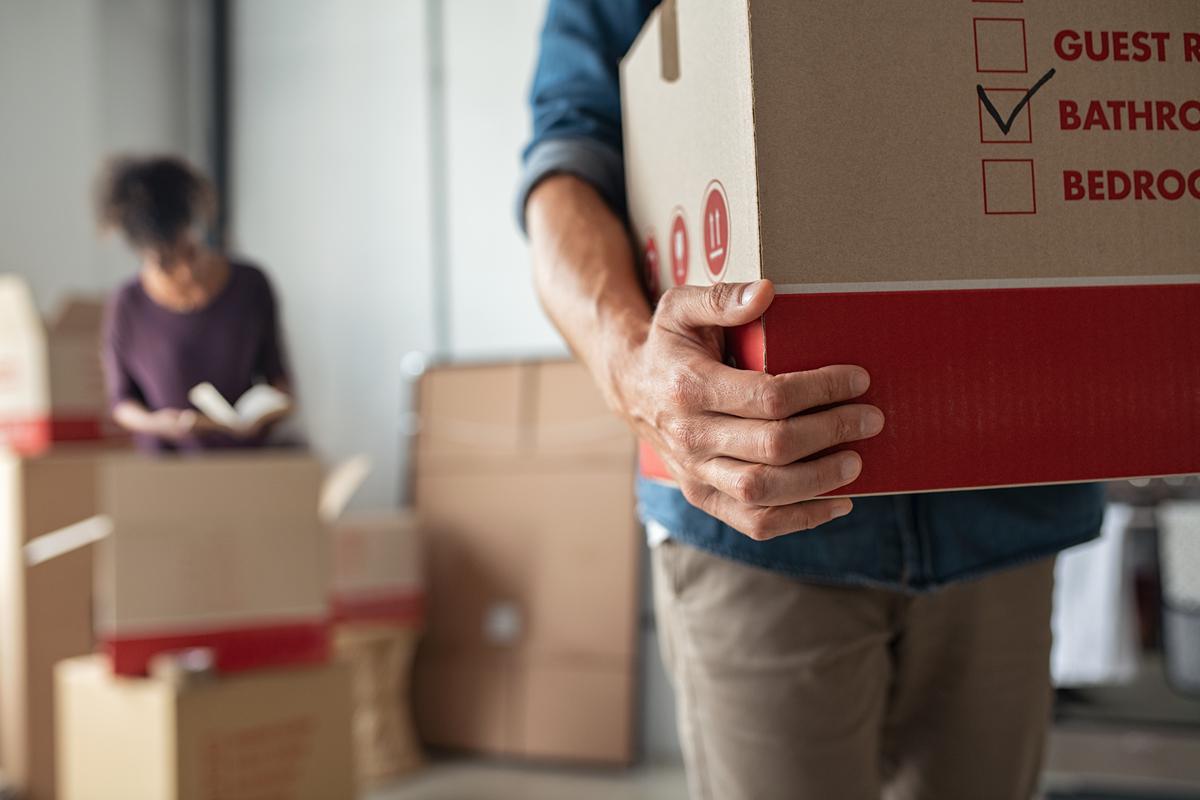


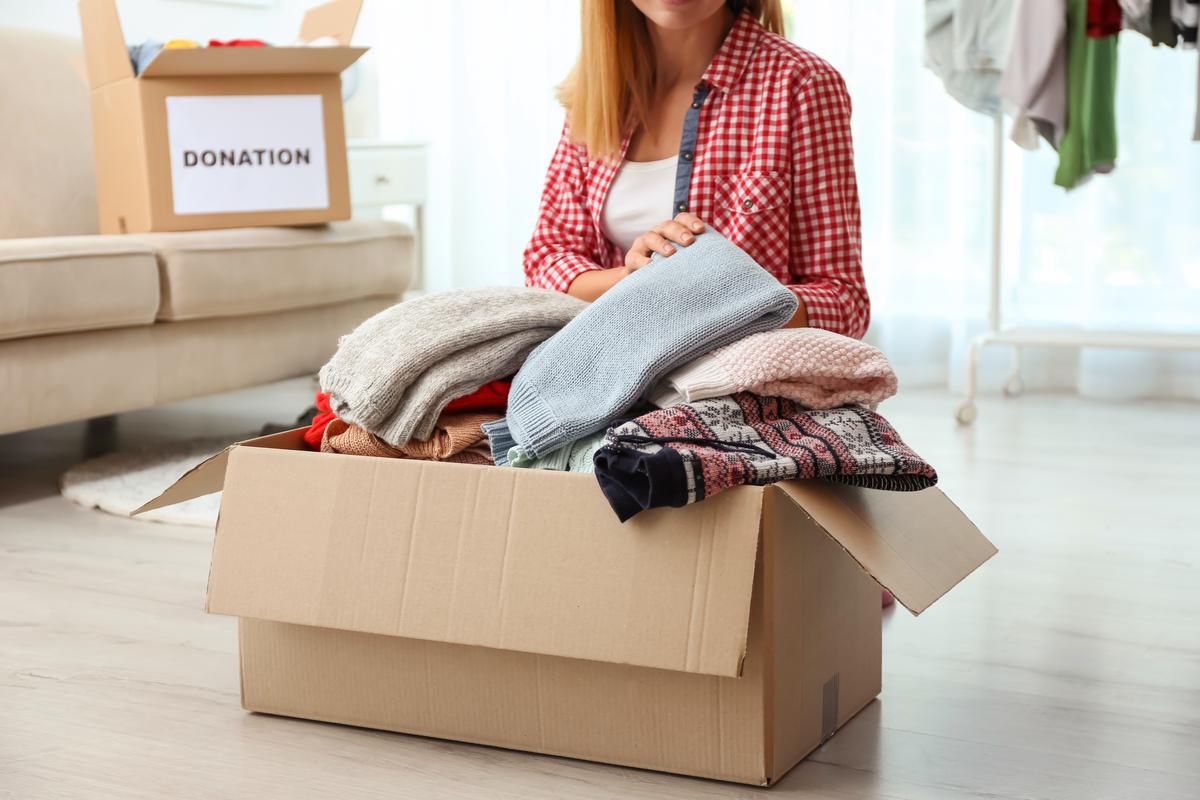
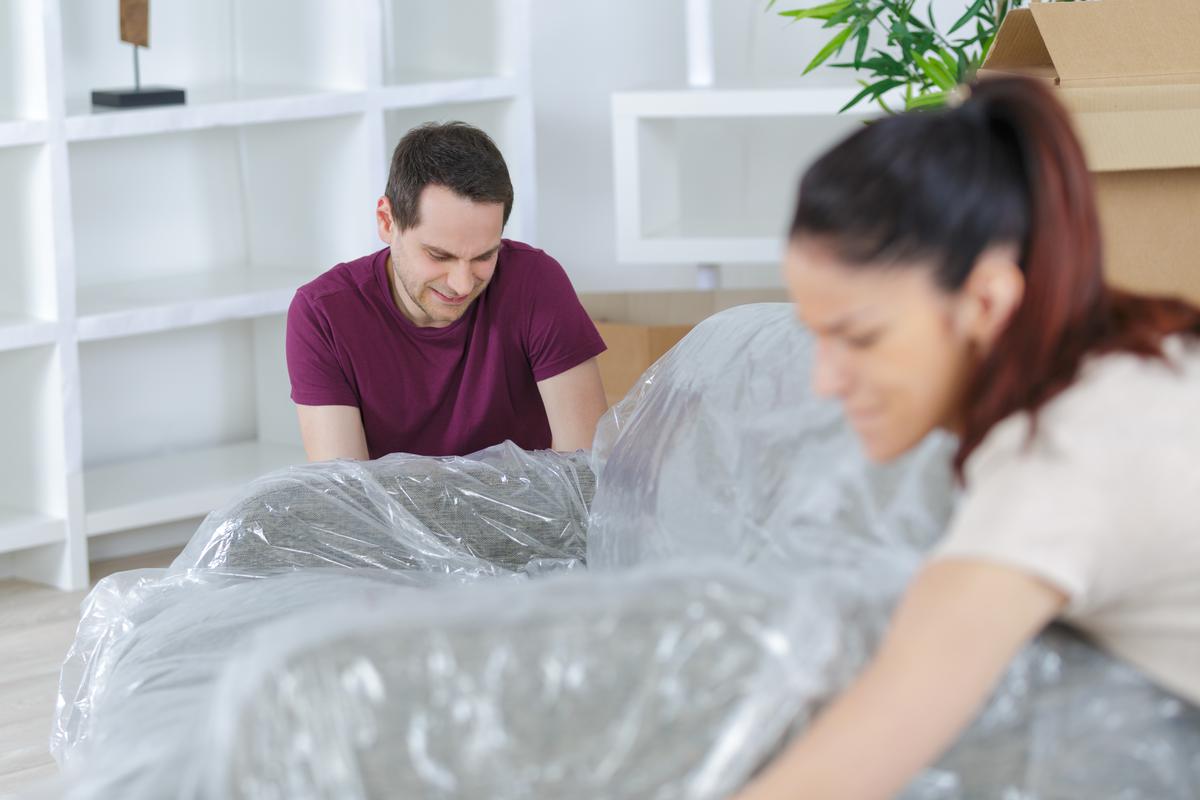

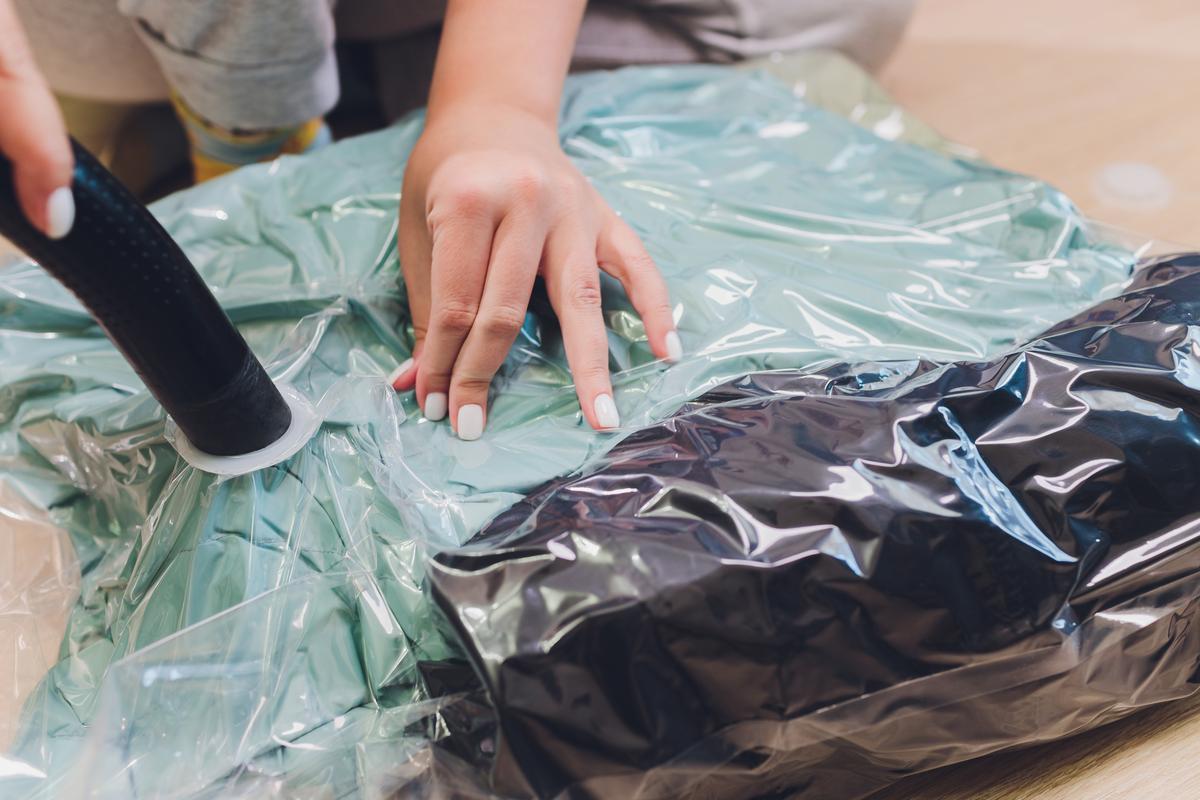
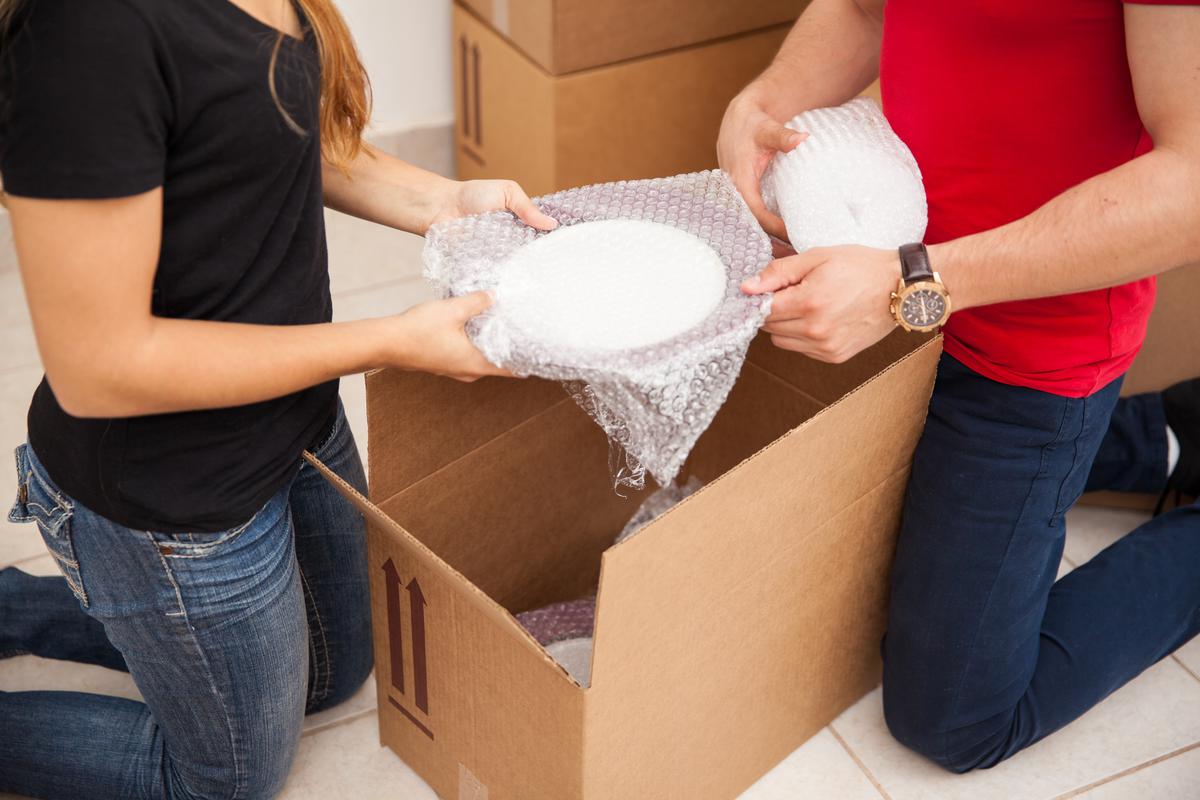
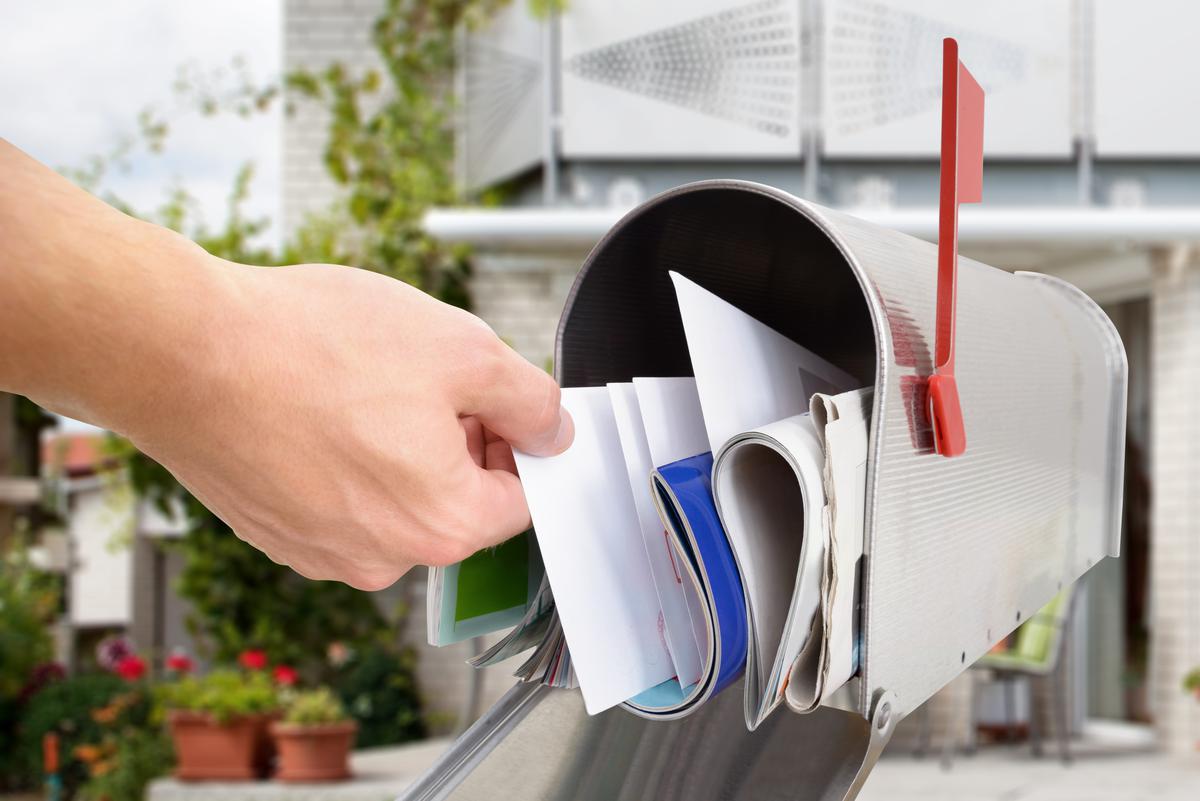
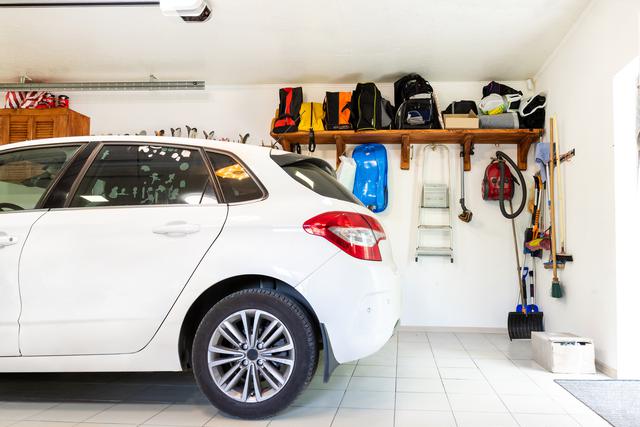


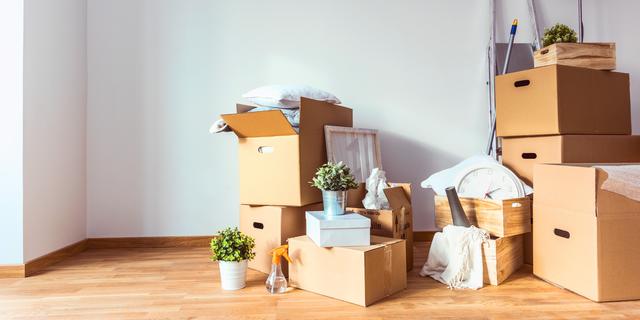
comments